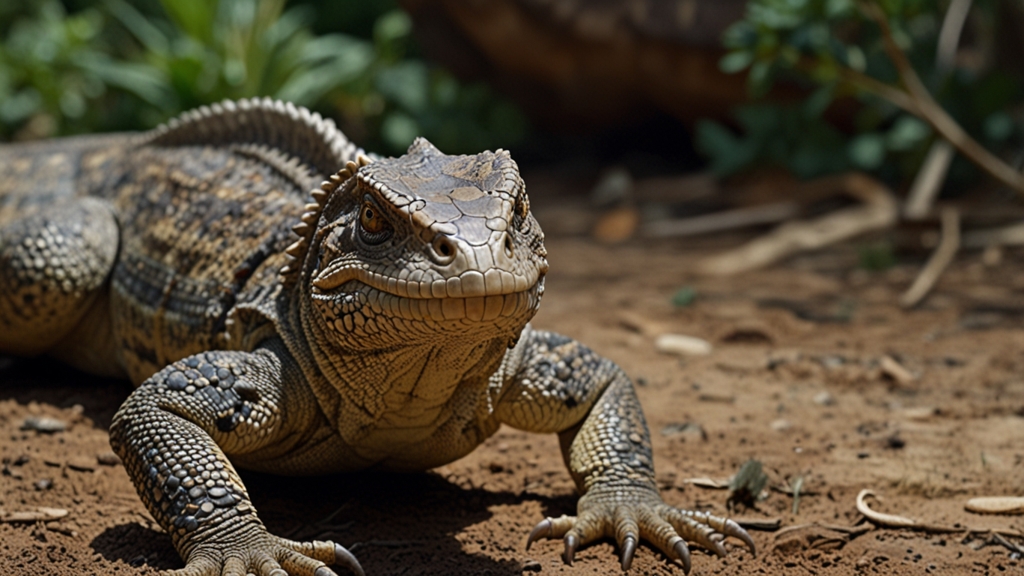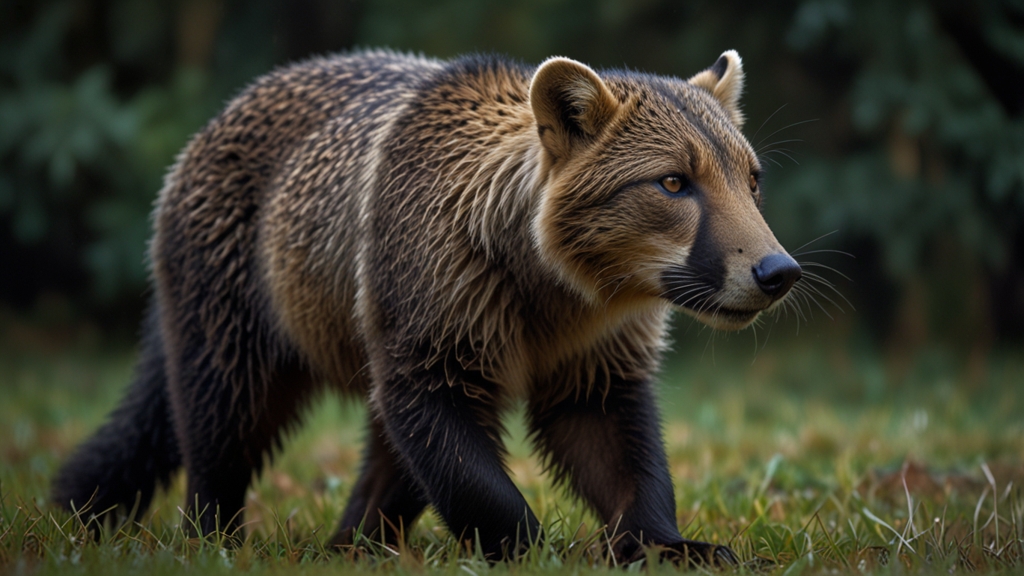Giant Lizards: The Colossal Reptiles That Rule the Earth
Giant lizards, one of the most fascinating groups of reptiles, have roamed the Earth for millions of years. These formidable creatures, known for their immense size and impressive survival skills, continue to captivate scientists and the general public alike. This article delves into the world of these colossal reptiles, exploring their history, characteristics, and the role they play in ecosystems worldwide.
Historical Giants
Long before humankind walked the Earth, giant lizards, or more specifically, dinosaurs, dominated the land. The Mesozoic Era, often referred to as the Age of Dinosaurs, saw incredible diversity and scale among reptilian species. Among the most iconic were the likes of Tyrannosaurus rex and Triceratops. These ancient behemoths were the predecessors of modern-day reptiles, each exhibiting unique adaptations that allowed them to survive for millions of years.
"The way these massive creatures moved and lived continues to be a subject of great interest and study. Their fossils provide invaluable information about life on Earth long before we arrived." - Dr. Sarah Mitchell, Paleontologist
Modern-Day Giants
While the dinosaurs may be long gone, their legacy lives on in modern-day giant lizards. Among the most notable are the Komodo dragon, the largest living species of lizard, and the immense monitor lizards found in various parts of the world. The Komodo dragon, native to Indonesia, can reach lengths of up to ten feet and weigh over 150 pounds. These apex predators possess potent venom and incredible strength, making them formidable hunters in their natural habitats.
Characteristics of Giant Lizards
Giant lizards are characterized by their significant size, robust builds, and often, their solitary nature. Most of these reptiles are carnivorous, preying on a variety of animals ranging from small mammals to large ungulates. Their physical traits include strong limbs, powerful jaws, and thick, scaly skin that provides both protection and camouflage in their environments.
Beyond their physical attributes, giant lizards exhibit some fascinating behaviors. For instance, the Komodo dragon uses its keen sense of smell to locate carrion from miles away. This extraordinary capability is attributed to their forked tongues, which collect scent particles and transfer them to an olfactory sensory organ.
"The hunting strategies and survival techniques of these reptiles are incredibly sophisticated, showcasing nature's ingenuity and the evolutionary prowess of these giants." - Professor Mark Johnson, Herpetologist
Ecological Impact
Giant lizards play a crucial role in their respective ecosystems. As apex predators, they help maintain the balance by controlling the population of other species. Their presence can directly influence the health of the ecosystems, often preventing the overpopulation of herbivores that could otherwise lead to habitat degradation.
Moreover, these reptiles are key bioindicators, revealing the health of their environments. Changes in their populations can signal shifts in the ecosystem, prompting conservation efforts to address potential issues such as habitat loss and climate change.
Conservation Challenges
Despite their formidable nature, giant lizards face numerous threats in the modern world. Habitat destruction, primarily due to human activities, poses a significant risk to their survival. Additionally, hunting and illegal wildlife trade have contributed to the decline in their populations. Conservationists are actively working to protect these ancient reptiles through various initiatives, including habitat preservation, anti-poaching efforts, and breeding programs.
Public awareness and education are also critical components of conservation strategies. By understanding and appreciating the vital role of giant lizards in our ecosystems, people are more likely to support efforts to protect these magnificent creatures.
"Conservation can only succeed if we truly understand and value the importance of these incredible animals. Each giant lizard is a testament to the resilience of life on Earth." - Dr. Emily Thompson, Conservation Biologist
Conclusion
Giant lizards, with their impressive size and ancient lineage, continue to rule the landscapes they inhabit. From the prehistoric giants that once walked the Earth to the modern-day Komodo dragons and monitor lizards, these colossal reptiles represent both the majesty and fragility of nature. Protecting them ensures that future generations can marvel at the remarkable creatures that have stood the test of time.











